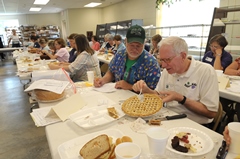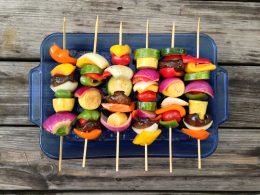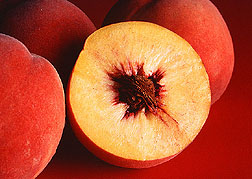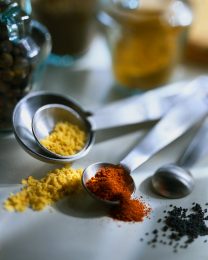
As of May 25, 2017, 372 people have been infected with strains of Salmonella traced to backyard poultry flocks. Of these people, 71 have been hospitalized and 36 percent are children under the age of five years old.
Raising poultry at home has been common in rural locations for years. Small numbers of poultry are allowed within urban city limits. But care must be taken when caring for the flock and handling the birds.
- Always wash your hands after handling the birds or any equipment where they live.
- Do not let birds inside the home or around areas of food preparation or serving.
- While baby chicks are cute, do not snuggle or kiss them.
- Clean poultry related equipment outdoors.
- Collect eggs often. Wash your hands after handling eggs. Refrigerate them after collection.
For more information on this outbreak, see https://www.cdc.gov/zoonotic/gi/outbreaks/livepoultry.html.






